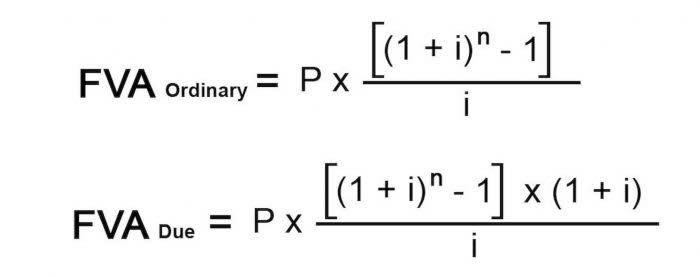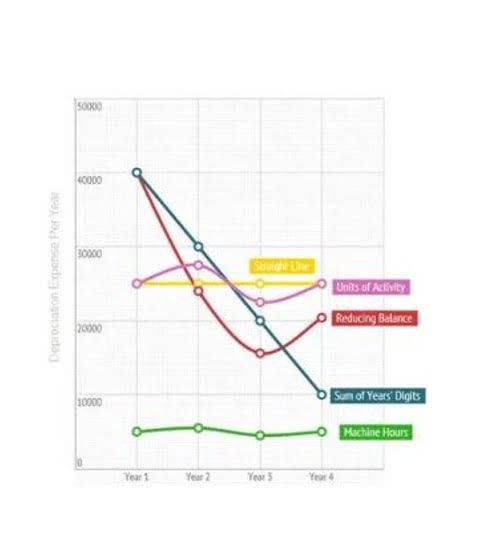The Ultimate Guide to Electronic Invoicing: How It Works, Benefits, and Best Practices

This system not only modernizes administrative processes but also ensures greater security, efficiency, and regulatory compliance. To facilitate the direct transmission of invoices from one system to another, automating the Accounting Security invoicing process. Today, individuals are becoming accustomed to paying bills electronically. This is true in the B2B space as well, as companies realize the efficiency it brings.
How to evaluate electronic invoicing solutions
Learn why omnichannel processing and personalized invoice delivery methods matter. accounting You can also accelerate cash collection on outstanding e-invoices by streamlining payment acceptance and accepting a wider variety of B2B payment methods. Features such as Stripe Tax and multi-regional support help businesses comply with global tax regulations.
Why is e-billing focused on payments, while e-invoicing isn’t?

By communicating effectively with customers, businesses can build trust, reduce the likelihood of disputes, and ultimately increase customer satisfaction. By adopting e-billing systems, businesses can streamline their processes, reduce costs, and achieve greater efficiency. An e-Bill, or electronic bill, is a digital version of a paper bill that is sent to customers through electronic means, such as email or a secure online portal. It includes all the information that a traditional paper bill would have, such as the amount due, due date, and itemized charges, but in a more convenient and environmentally-friendly format. Customers can view, download, and pay their e-Bills online, making the payment process faster and more streamlined.
- This option for payment is excellent since it allows bill delivery and payment to take place online.
- As more businesses shift to digital invoicing, terms like e-billing and e-invoicing are often used interchangeably—but they aren’t the same.
- But the best e-billing systems make this transition as smooth and streamlined as possible.
- EDI allows businesses to exchange billing data and documents with businesses that bill their customers.
- E-invoicing for businesses contrasts traditional paper invoicing, where customers are sent a paper invoice or bill.
What is electronic billing? E-billing pros and cons
Electronic bill pay systems fall into two categories, « pay-anyone » services and restricted biller list services. In a pay-anyone service, the provider will facilitate a payment to the payee regardless of whether they have an electronic connection with that payee or not. If they cannot deliver the payment to the payee electronically, they will print and mail a paper check on the payer’s behalf.

Understanding the Electronic Billing Process
It can be sent as a PDF file or in other electronic formats via various digital mediums, allowing customers to access and review invoices efficiently before making payment. Overall, e-billing software can help businesses save time, reduce costs, and improve accuracy and efficiency in their billing processes. E-billing software can automate many time-consuming tasks, such as sending invoices, processing payments, and generating reports. It can also reduce errors and delays by automating workflows and providing real-time data on payment status and transaction history. Electronic data interchange, or EDI, is a more complex e-billing system that involves the direct exchange of data between businesses.
- This e-Billing and e-Payment portal enables the payer to get copies of their bills as well as update information.
- Yet, there can be a lot to know and understand when it comes to electronic invoices.
- E-bills allow both bill delivery and payment to take place completely online, which improves efficiency while cutting costs.
- Some newer EBPP products include features like secure email delivery, stored payment data, and autopay.
How do compliance requirements affect e-invoicing?
- Learn the many benefits of AR automation and how it can help businesses overcome the impact poor invoicing and collections practices have on cash flow and CX.
- Electronic invoicing or digital invoicing is the practice of sending an invoice via email or providing a clickable link to an invoicing platform.
- By digitizing foundational business transactions, automation becomes a lot easier.
- With electronic medical billing, patients have better access to real-time information about their medical bills.
Platform integrations also allow multiple systems to communicate with, transfer files to, and manage data flows or collaborate between the EBPP and existing platforms in use. Save time, money, and your sanity when you let ReliaBills handle your bill collection, invoicing, reminders, and automation.. Once you set it to ‘recurring,’ ReliaBills will send your customers recurring invoices on the date and time you specified.

As with any major purchase, research reviews and testimonials from existing customers to vet the software provider’s claims. Barbara is a financial writer for Tipalti and other successful B2B businesses, including SaaS and financial companies. She is a former CFO for fast-growing tech companies with Deloitte audit experience. Barbara has an MBA from The University of Texas and an active CPA license.


This is where the actual transaction takes place and is (again) usually provided by a merchant services provider like Tidal Commerce. This is when the business has an option to be paid directly either for charity or for a business agreement where the customer determines the amount to be paid and does so proactively. This is when a customer pays in a business in person with a card but then settles that balance legal e-billing later online through a dashboard. In this step, the system carries out a rigorous validation of the billing files. The system can use multiple validation steps depending on the incorporated solutions, each set up in the initial phase of EDI mapping. The EDI software encrypts and transmits billing files to the receiving business using a Managed File transfer (MFT) platform.
